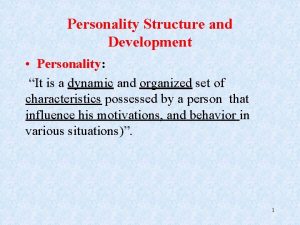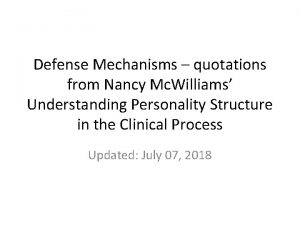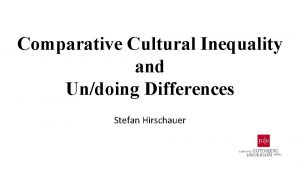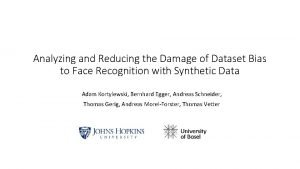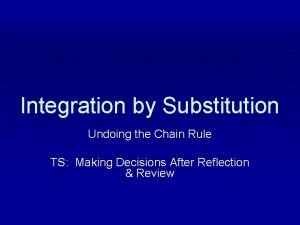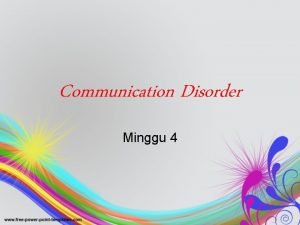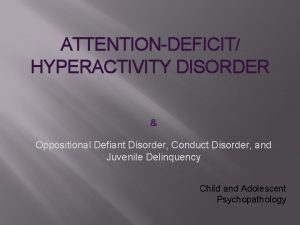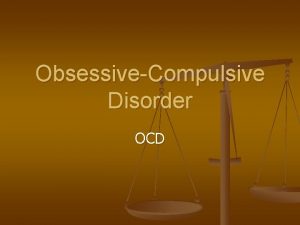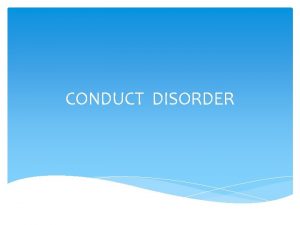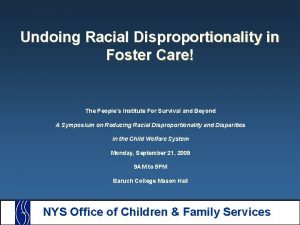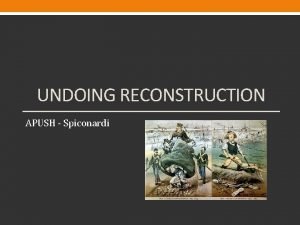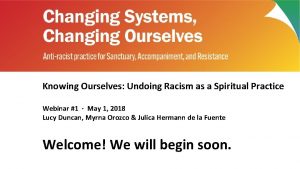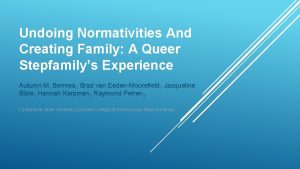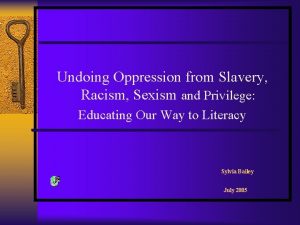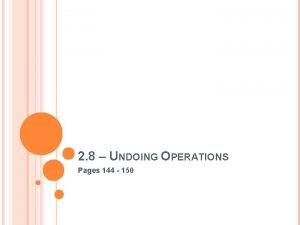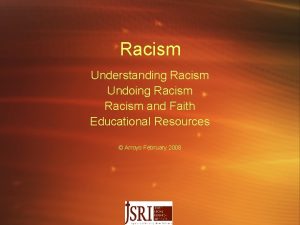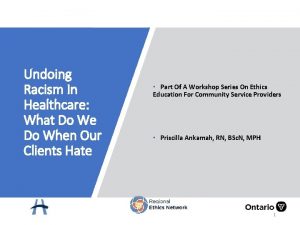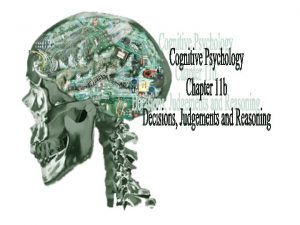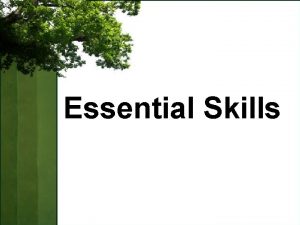Undoing NatureDeficit Disorder An essential firststep The WHY






















- Slides: 22

Undoing Nature-Deficit Disorder An essential first-step

The WHY is essential

Essential to what? KLB Programming & Initiatives Healthy Childhood Development The Planet

Last Child in the Woods (book cover image)

. . . essential for children to interact directly with nature before being presented with abstractions about its importance. . .

From 1997 to 2003, there was a decline of 50% in the proportion of children nine to twelve who spent time in such outside activities. . .

Nature-deficit disorder describes the human costs of alienation from nature, among them: diminished use of the senses, attention difficulties, and higher rates of physical and emotional illnesses… Such knowledge may inspire us to choose a different path, one that leads to a nature-child reunion.

The children and nature movement is fueled by this fundamental idea: the child in nature is an endangered species, and the health of children and the health of the Earth are inseparable.

(TREE PIC)

Schoolyard Enhanced Learning (book cover image)


(PIC of trail)

(Trail activity lesson pic)



As a matter of fact, our great-grandfathers, who never went anywhere, in actuality, had more experience of the world than we have who have seen everything. D. H. Lawrence

How do we support cultural and institutional change? ● Model better behavior. ● Better planning and land use decisions that make nature more accessible. ● Recognize the necessity and provide unstructured playtime in natural settings. ● Ask if in trying to keep children “safe” we are doing them more harm than good. ● View nature as both an antidote and teacher. ● Help schools partner. ● Strive to be imperfect.

Oregon’s Outdoor School for All http: //www. outdoorschoolforall. org/

It is not half so important to know as to feel when introducing a young child to the natural world. Rachel Carson

(pic of listening log)

(PIC OF MABRY)

T H E E N D www. promiseofplace. org www. mssoutdooreducation. shutterfly. com jonksoul@gmail. com
 Undoing defense mechanism examples
Undoing defense mechanism examples Free association psychology definition
Free association psychology definition Stefan vater
Stefan vater Identification defense mechanism
Identification defense mechanism Hirschauer undoing differences
Hirschauer undoing differences Undoing the damage of dataset bias
Undoing the damage of dataset bias Fraction busters method
Fraction busters method Undoing the chain rule
Undoing the chain rule Hey hey bye bye
Hey hey bye bye Conversion vs somatic symptom disorder
Conversion vs somatic symptom disorder Plamatic acid
Plamatic acid Dont ask
Dont ask Hình ảnh bộ gõ cơ thể búng tay
Hình ảnh bộ gõ cơ thể búng tay Ng-html
Ng-html Bổ thể
Bổ thể Tỉ lệ cơ thể trẻ em
Tỉ lệ cơ thể trẻ em Chó sói
Chó sói Tư thế worm breton là gì
Tư thế worm breton là gì Chúa sống lại
Chúa sống lại Môn thể thao bắt đầu bằng chữ f
Môn thể thao bắt đầu bằng chữ f Thế nào là hệ số cao nhất
Thế nào là hệ số cao nhất Các châu lục và đại dương trên thế giới
Các châu lục và đại dương trên thế giới Công thức tính độ biến thiên đông lượng
Công thức tính độ biến thiên đông lượng
